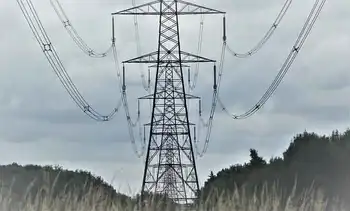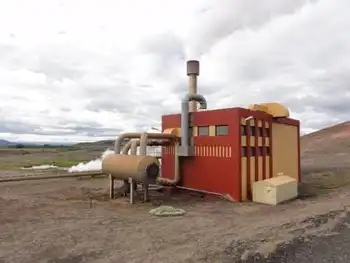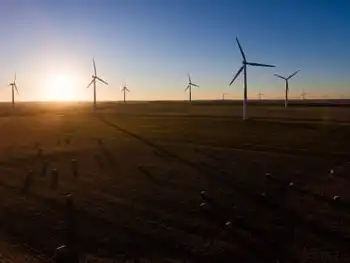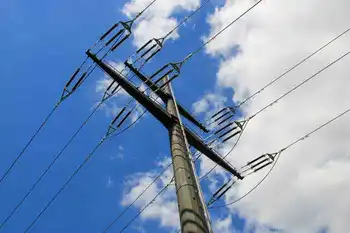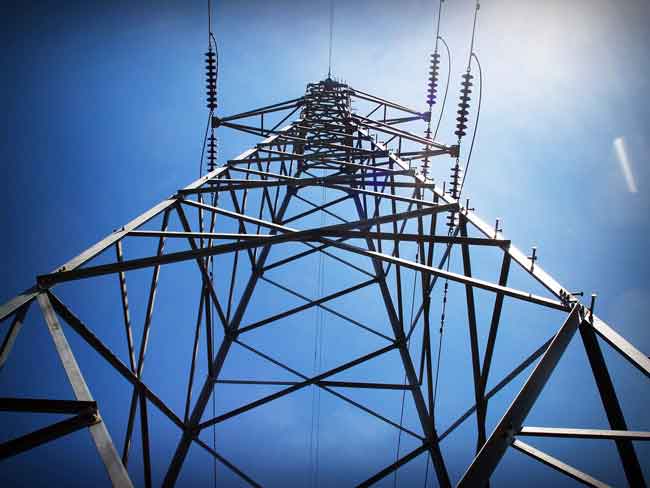Heatwave strains Ontario power grid, Eves looks to Quebec for help
By The Canadian Press
High Voltage Maintenance Training Online
Our customized live online or in‑person group training can be delivered to your staff at your location.

- Live Online
- 12 hours Instructor-led
- Group Training Available
"We have to continually work to get immediate, intermediate and long-term power generation capacity added to our system," said Eves. "I'm going to be talking to (Quebec) Premier (Jean) Charest in about a week's time . . . and I'm going to pursue the Ontario-Quebec corridor."
The comments came as Ontario's power grid groaned under the strain of cranked-up air conditioners.
"We are using every available resource that we have inside the province," said Terry Young of the Independent Electricity Market Operator.
By mid-afternoon Wednesday, the province was using almost 25,000 megawatts of electricity. That's about 700 megawatts short of the all-time record, set last summer.
To keep the lights on, the province was forced to import about 3,400 megawatts of power.
That's the highest level of imports this year and not far from the maximum possible given the structure of the grid.
"We have not had to implement any emergency measures yet," Young said. "(But) it's very tight, there's no doubt about it."
Liberal Leader Dalton McGuinty called on Eves to provide information on what to do in case the power does go out.
"I don't want Ontarians to panic, but I do want them to be prepared," McGuinty said.
"If the power goes out, people aren't going to be able to turn on their TVs or radios to find out what it is that they should be doing. Shut-ins who use cordless phones or whose telephones are plugged into answering machines won't be able to call for help."
Eves accused McGuinty of scaremongering.
New Democrat Leader Howard Hampton said the government should implement an emergency conservation strategy immediately.
"The reality is that every hot day this summer it will be touch and go whether or not we can keep the lights on," Hampton said.
With the tight supplies, hourly wholesale prices skyrocketed at one point Wednesday to almost 50 cents a kilowatt-hour, about 12 times the 4.3-cent cap on retail prices imposed by Eves.
To head off a possible power shortage, the Conservative government is spending $100 million on emergency portable generators. However, they will not be ready for several weeks.
Also, two key nuclear power reactors have seen their return-to-service dates repeatedly pushed back.
During peak periods, the province regularly imports costly power from jurisdictions such as Quebec and the United States.
Last week, Eves met Manitoba Premier Gary Doer to discuss expanding electricity links between the two provinces.
Now, Eves plans to pursue longer-term options with Quebec.
"Quebec is blessed with a great deal of . . . hydroelectric water power in their jurisdiction and they're a huge exporter of that power," said Eves.
"Obviously, I would prefer to deal with a Canadian province than I would to deal, with all due respect, with our American neighbours to the south."
Even as Eves was making his comments, thousands of Toronto homes and businesses were left without power for an hour Wednesday afternoon.
The blackout - covering dozens of blocks from mid-Toronto to the city's west end - stemmed from a problem with a transformer, not because power shortage.





